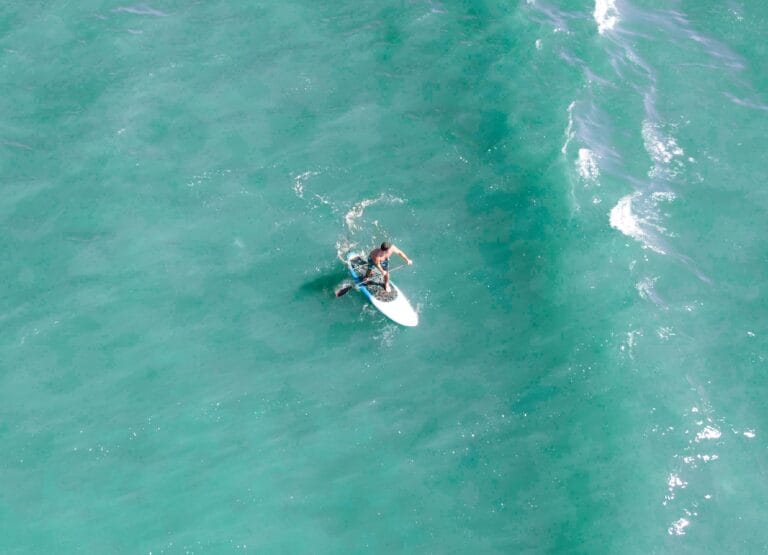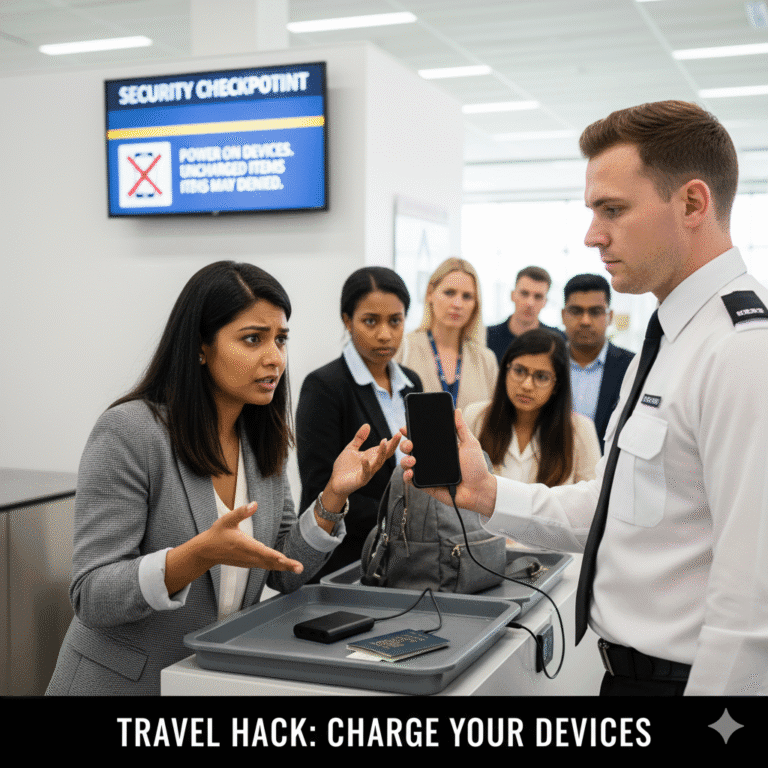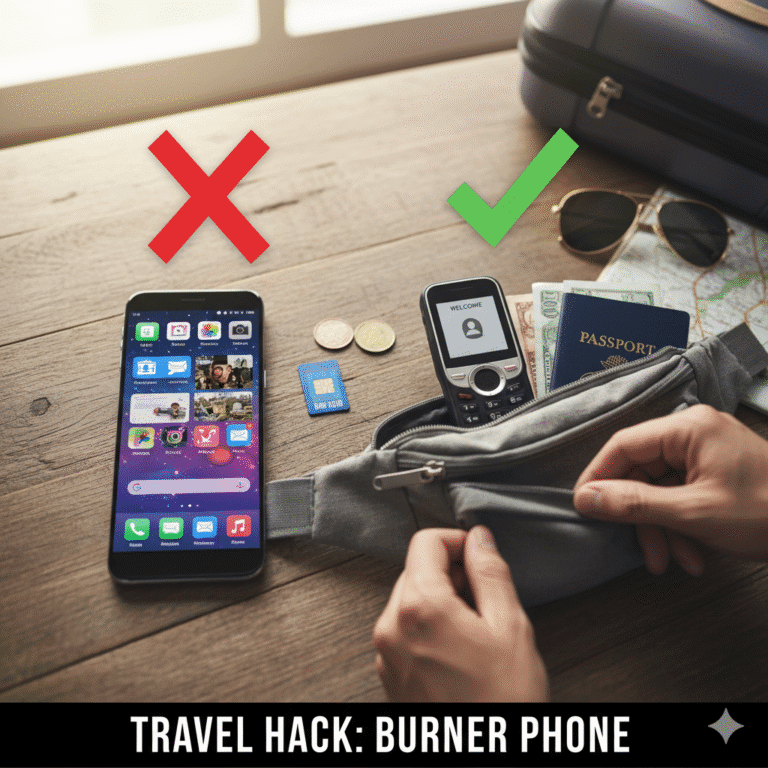Heading out on a solo hike can be a deeply rewarding experience—just you, the trail and the quiet rhythm of nature. But while the solitude can be refreshing, it should never mean going completely off the radar. One of the simplest, most effective safety measures you can take is to inform someone of your plans before you set off. It might seem like a small detail, but in an emergency—whether you’re injured, lost or facing extreme weather—it could make all the difference.
Letting a friend or family member know where you’re going, your expected start and finish times, and how to contact you adds a crucial layer of accountability. Setting agreed check-in points throughout your journey ensures that someone is aware of your progress and can raise the alarm if you don’t return as planned. And if you decide to change your route, timing or destination mid-way, make sure to update your emergency contact as soon as possible. A sudden change without notice can delay rescue efforts or cause unnecessary worry.
Sharing your hiking route also helps rescuers narrow down search areas quickly if needed. It’s a responsible habit that aligns with good outdoor practice—and in some areas, it’s even part of local guidance. Solo hiking doesn’t mean being entirely alone; by simply communicating your plans, you’re making a wise and potentially life-saving choice.








